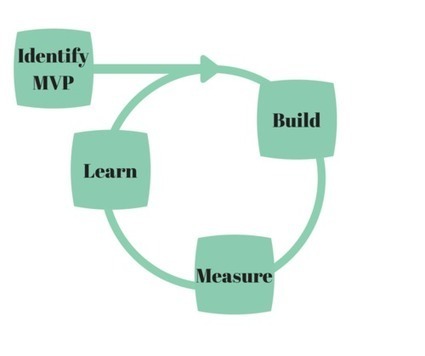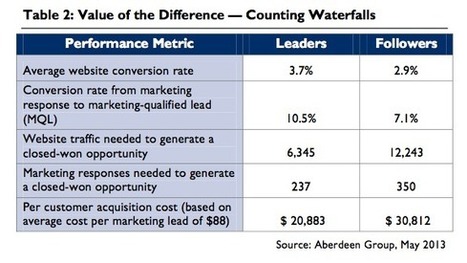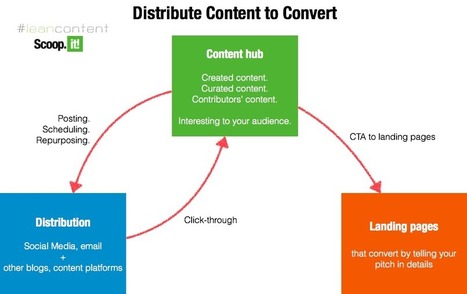It’s 5:02 a.m. on Friday as I am writing this. The dog is on the floor licking…something (he likes to lick a lot!) and my wife is asleep beside me in bed.
The last 10 minutes have gone something like this:
• What’s happening on Twitter? Boring.
• How about Facebook? Someone else got engaged. Yay for them.
• Any new emails? Delete. Delete. Inbox Zero!
• Hmm…

|
Scooped by
Ally Greer
onto Lean content marketing February 10, 2015 1:35 PM
|
We've all been where Bryan Harris was when he wrote the above introduction to this post. As bloggers or content marketers, we always hear that voice in the back of our heads.
When are you going to just sit down and write that post? What are you even going to write about? How are you going to actually make an impact with the finished product?
This post validates one of the core values of Lean Content Marketing: leveraging existing information and communities that you already have access to to enhance your content marketing efforts.
Bryan goes on to describe his newfound writing process. He checks the analytics of his most recent tweets, finds the ones with the most clicks, then turns the central idea behind each one into a question that he can answer in the form of a blogpost.
Another method that Bryan mentions is checking Quora for someone already having asked the question you want to ask to get more insight into what knowledge you can provide. After all, one of the goals of content marketing is to teach your current and future clients the things that they want to know that you already do know.
One way to inspire content creation that I would add is to experiment with content curation. Curator @Martin (Marty) Smith has been utilizing this method from day one. He created a process to inform his content creation that involves curating a post on a similar topic to his website's content hub, checking the analytics of that post, and then deciding whether or not his audience has a high enough interest in that topic to write his own post about it.
With the new analytics on Scoop.it, you can generate reports involving metrics such as audience engagement, views, shares, time of day at which the most views were generated, and more. When a piece of curated content has a high success rate, perhaps it's time to expand on that for your audience and provide the value that only you can provide by creating an original post of your own.





 Your new post is loading...
Your new post is loading...






















































Practical and useful insight.